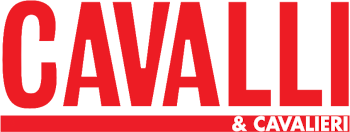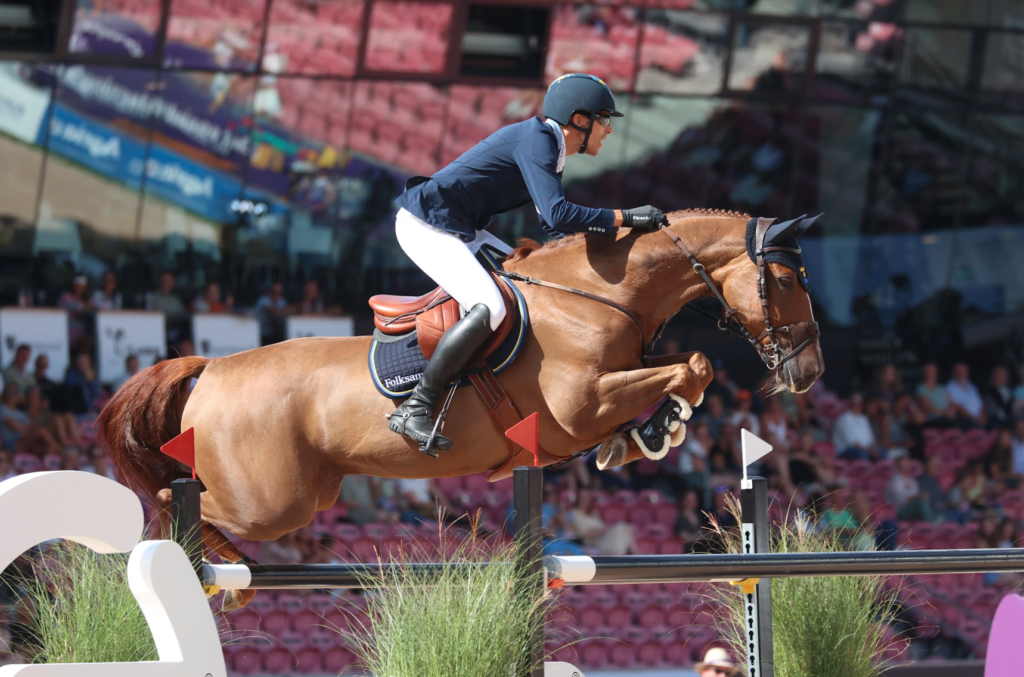The Swedish show jumping team
The first thing I would like to emphasise is that it is not true that all horses on the Swedish team are barefoot. The barefoot horses ridden at the Herning World Championships, for example, were All In ridden by Peder Fredricson and King Edward ridden by Henrik von Eckermann.
The idea of unshoeing horses has developed over time on the basis of specific considerations and the assessment of individual horses. Henrik unshod his horses at the beginning of 2021, while Peder had started a little earlier and to a certain degree following the example set by Julien Epaillard who had done so some time ago.
Of course their barefoot horses are not looked after in the manner in which we normally manage unshod horses because there is a great deal of work to be done in taking care of them. This involves an accurate choice of footing and selection of shows. These horses, for example, are shod for shows held on grass arenas. Both at home and at shows these horses require a very high level of attention and care. There is no notion that horses have to go through a long period of adaptation while also experiencing pain. No horse should ever have painful hooves. Peder and Henrik have adapted their stables to barefoot horses and when they leave stables where the ground is not perfect they wear slip-on boots. Their stables have rubber flooring everywhere and wherever there is no rubber the flooring allows their horses to move around with no risk of stepping on a stone or getting corns, one of the most feared problems there is. When put out to grass, being ridden on grass or out in the countryside they wear slip-on boots.
Barefoot horses require committed and highly professional work by their grooms. Their hooves must be looked after in great detail and their grooms learn to do that every day. The stables are well-equipped and the grooms have learned to always keep the bedding perfect as the walls of the hooves must never break so there must never be sharp corners or edges.
All this is not easy. The farrier must be summoned when needed but daily care and management is up to those who look after the horses every single day. Managing barefoot horses increases everyone’s workload. All this however provides competing horses with greater comfort. Riders say that they feel their horses perform much better; any problems concerning orthopaedics and movement they may have encountered before have improved greatly. The horses are constantly checked and the riders are ready to have them shod if necessary.
One should not think that shoeing is banned and there is constant team work studying the matter. The objective is to provide the horses with the greatest possible comfort and the ideal solution must be found for each horse. It is not true that all horses can be ridden barefoot because, just as applies to human beings, there are some with pathologies that absolutely prevent them from being barefoot.
There are many aspects to be taken into account and linked to horses’ health, hence it is not a choice to be made lightly and just following a trend such as: since Sweden has barefoot horses so we should too. Peder and Henrick are the first to shoe their horses when needed, depending on health reasons or the type of arena to be jumped in.
Ultimately you have to do the right thing for each horse.
Read the full article on Barefoot Feet and other feature articles:
Luca Moneta – International rider | ‘I started twenty years ago. A lifelong quest’
Sebastiano Piazza – Trimmer | Knowledge is needed before taking action

